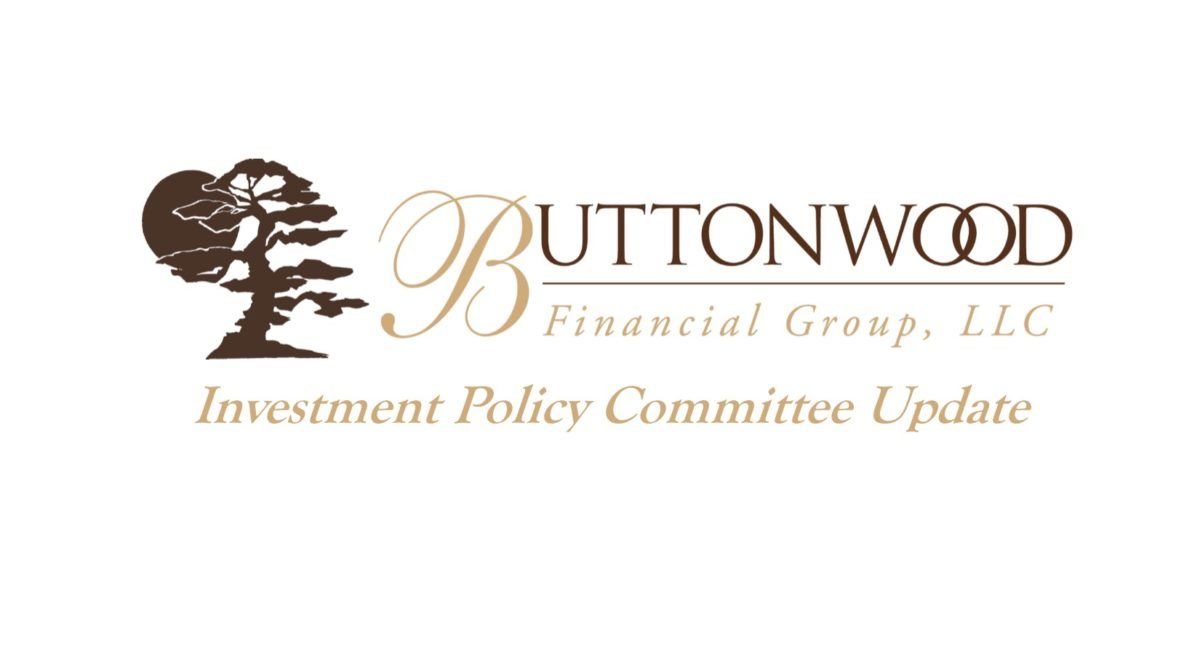How to Avoid an Unexpected Tax Bill
Rebounding from a large tax bill
We’ve all been there – the sudden arrival of a large tax bill can be a financial curveball that catches even the most diligent individuals off guard. However, the key to financial resilience lies in how well we navigate such surprises and proactively adjust for the future. Our Team at Buttonwood works year-round to stay on top of tax optimization. If you don’t have a Family CFO managing this piece of your financial life, there are steps you can take yourself. If managing these steps on your own does not appeal to you, consider reaching out for a conversation with our Team.
In this guide, we will explore steps you can take to handle a larger-than-expected tax bill and provide insights on making strategic adjustments before the year-end in 2023.
Step 1: Assess the Situation
First, review your trial tax return and ensure your 2023 projections match what you expect your final return to look like. Common errors include entering a wrong number, adding an extra zero, or entering the same income in two different places. When looking for errors, the best place to start is a line-by-line check, comparing this year’s return to last year’s return. Of course, some numbers will be slightly different, but the differences should match your income increase, reduction in hours, or other life changes.
As you assess your tax bill, understand the reasons behind it – whether it’s due to a change in income, overlooked deductions, or a shift in tax laws. This assessment lays the foundation for effective planning and adjustments.
Step 2: Leverage Retirement Accounts
If you have money in the bank or taxable investment assets and don’t want to pay the IRS, upping your retirement savings could be a solution. Maximizing contributions to retirement plans, such as 401(k)s and IRAs not only increases your long-term financial security, but it can also provide immediate tax benefits by reducing your taxable income.
Don’t forget, you can still open and contribute to an IRA account up until the April 15th tax deadline. If you have already filed your tax return without maxing out your retirement plan contributions, don’t worry; you can still amend your return if you make your contributions in time.
Step 3: Optimize Deductions and Credits
Go back and look for any deductions and credits you may have missed. These could include business expenses, energy efficiency upgrades, child credits, accelerated depreciation, and more.
If you used tax software or a CPA who doesn’t proactively communicate with you or your financial advisor, it’s possible some of the questions asked were skipped, leaving potential tax credits off your return. Research whether there are credits or depreciation opportunities for large expenses you had throughout the year.
Step 4: Strategize with Investments
Consider adjusting your investment strategy to optimize for tax efficiency. This may involve proactive tax-loss harvesting to offset gains, reevaluating your asset allocation, or exploring tax-advantaged investment options.
Step 5: Contribute to Charity
Explore opportunities for charitable giving. Making strategic donations to qualified charities not only supports causes you believe in but can also result in valuable tax deductions.
When deciding which charities to contribute to, it’s important to ensure your donation is tax-deductible. You must donate to a qualified charitable organization, and they must be tax-exempt 501(c)(3) or fall under Section 170(c) of the IRS. You may search in the IRS online database for all of the acceptable charities, or check to see if the organization is designated with GuideStar.
If you are not sure which charities to contribute to, review for the use of a donor advised fund or similar charitable entity. Your financial advisory team can assist in the selection and establishment of such entities.
Step 6: Review Your Financial Plan
Revisit your comprehensive financial plan to ensure it aligns with your current situation and objectives. Identify areas where adjustments can be made to accommodate the larger tax liabilities without compromising your long-term objectives.
Step 7: Plan for 2023 Before Year-End
Looking ahead to December 31st, take proactive steps to avoid surprises. Review your financial situation, update your financial plan, and make necessary adjustments throughout the year. Stay informed about changes in tax laws that may impact your financial strategy or engage a Family CFO to do this for you.
Step 8: Consult with Professionals and Stay Informed
Finally, stay informed about changes in your financial landscape. By engaging a wealth manager with a comprehensive approach, like Buttonwood, you can gain insights into your specific situation from seasoned professionals. We provide tailored advice, work to identify opportunities for tax savings, and remain in touch with the latest tax and estate laws. By partnering with your wealth manager, you greatly increase your odds of avoiding an unexpected tax bill.
Proactive Tax Planning
Handling a larger tax bill requires a combination of strategic planning, proactive adjustments, and a commitment to staying informed. By taking these steps, you can navigate financial surprises with resilience and position yourself for a financially sound 2024 and beyond. Remember, the key to financial success lies in adaptability and a proactive approach to managing your wealth. Contact us today to explore how our Family CFO services can benefit you and your financial life.
This content is developed from sources believed to be providing accurate information. It may not be used for the purpose of avoiding any federal tax penalties. Please consult legal or tax professionals for specific information regarding your individual situation. The opinions expressed and material provided are for general information, and should not be considered a solicitation for the purchase or sale of any security.
Recent Buttonwood Articles

Are you ready to explore the benefits of your very own Family CFO?




